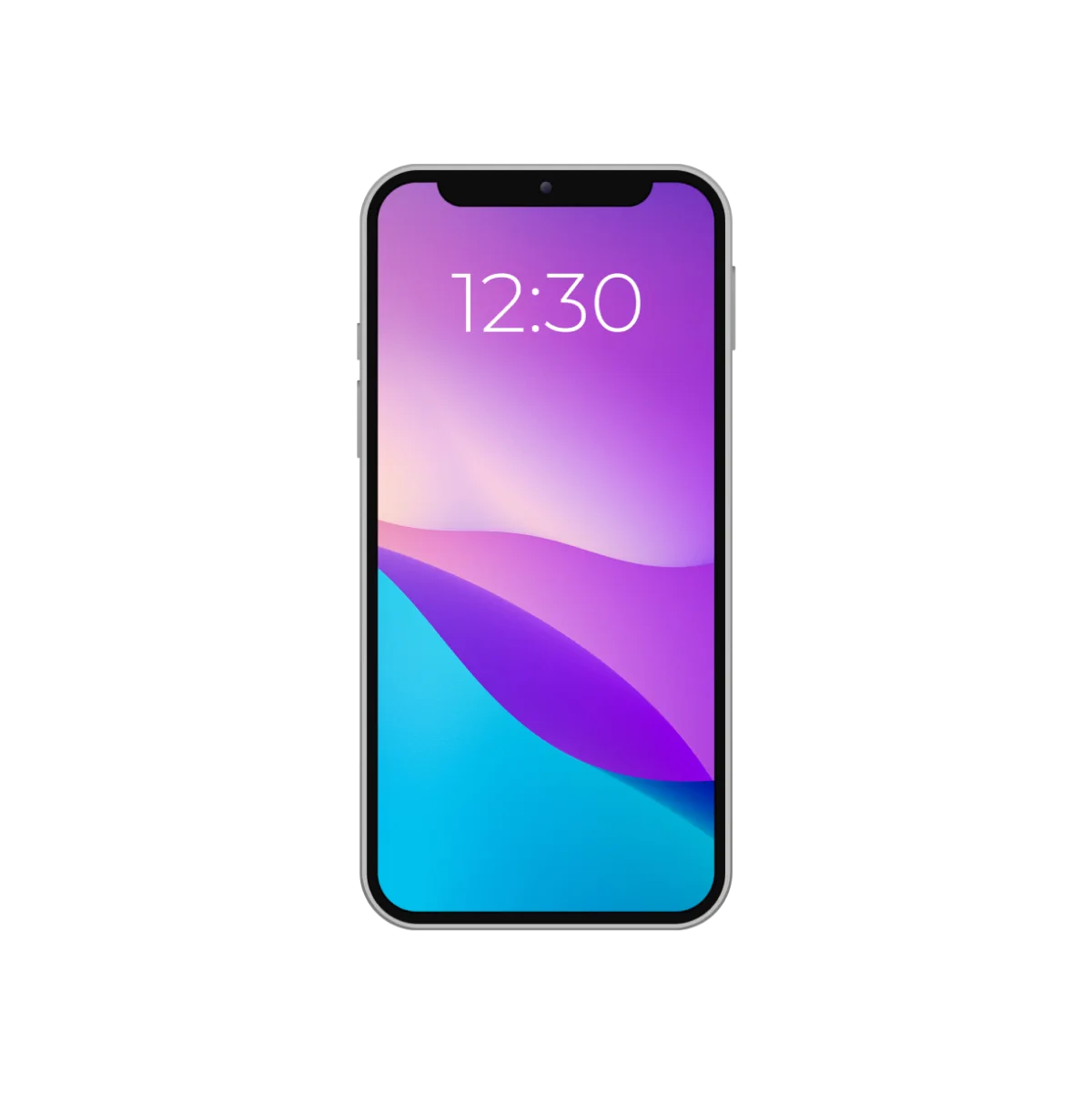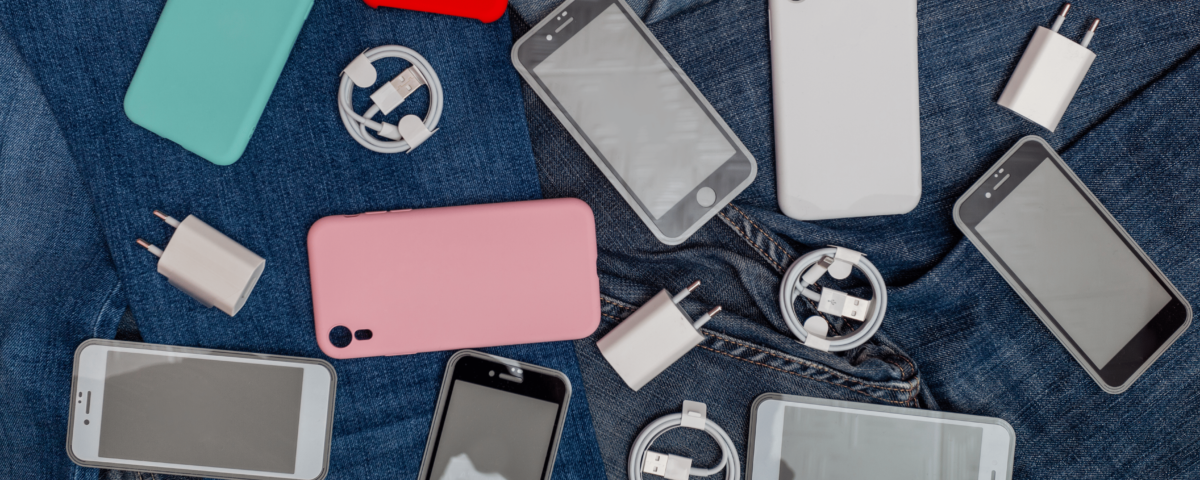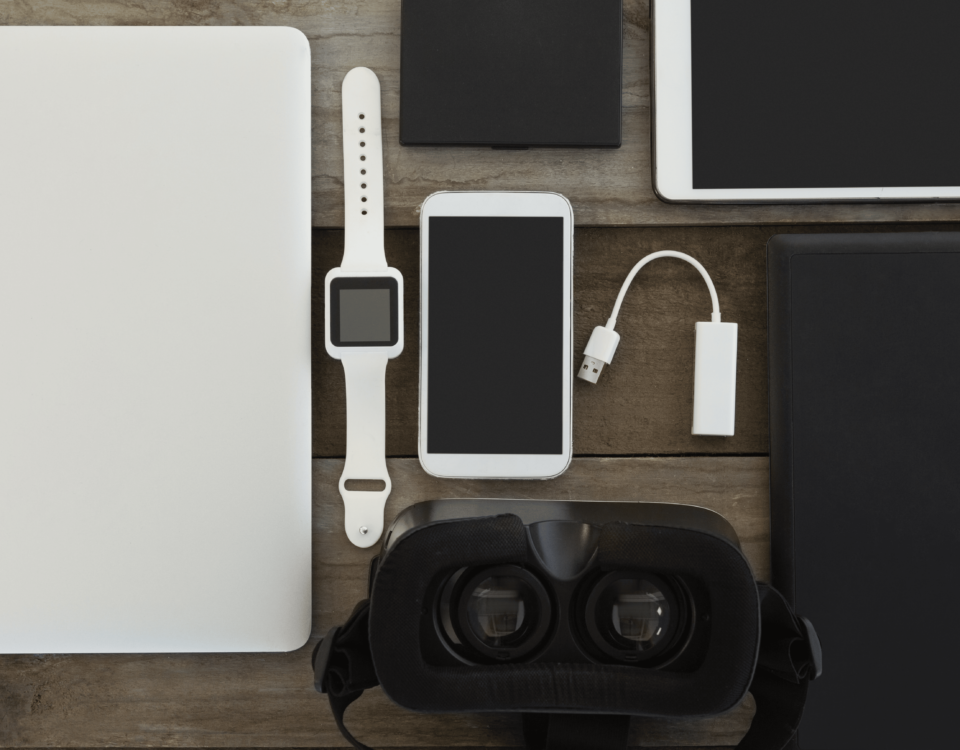
Tech Essentials for Remote Work: Must-Have Gadgets for Productivity
April 1, 2025
How to Maximize the Lifespan of Your Tech Gadgets
April 1, 2025Buying a new mobile phone is an exciting decision, but it’s easy to make mistakes along the way. From choosing the wrong specifications to overspending on unnecessary features, many buyers end up with a device that doesn’t fully meet their needs. To help you make a smarter purchase, here are some common mistakes people make when buying a mobile phone and tips on how to avoid them.
1. Overlooking Your Actual Needs
Mistake: Many buyers get swept up in the latest features and models without considering their actual usage. This often results in paying for high-end specs that may never be used to their full potential.
How to Avoid: Before shopping, think about how you plan to use your phone. Are you a heavy gamer? Do you need high-quality cameras? Or do you mainly use your phone for calls, browsing, and occasional apps? Identifying your priorities will help you choose a model that aligns with your usage.
2. Ignoring the Importance of Software Updates
Mistake: Some buyers focus entirely on hardware and neglect to consider software updates. Without timely updates, a phone can become vulnerable to security threats and may start lagging as new apps and features are released.
How to Avoid: Check the brand’s track record for software updates. Brands like Apple and Google have a strong record for long-term updates, while some Android manufacturers may not be as consistent. Opt for brands that guarantee regular updates for at least 2–3 years.
3. Falling for Gimmicky Features
Mistake: In a highly competitive market, some manufacturers add flashy but impractical features, like extreme zoom capabilities or unnecessary AI integrations, which may add little to the actual user experience.
How to Avoid: Prioritise core features such as battery life, performance, and camera quality over gimmicks. If a feature seems novel but isn’t directly beneficial to you, consider it a secondary factor rather than a primary decision-maker.
4. Buying the Most Expensive Model for the Sake of Prestige
Mistake: High-end flagship phones are appealing, but they’re not always necessary. Many people buy expensive phones for status or out of the belief that pricier means better.
How to Avoid: Compare specifications across different price ranges, including mid-range and budget options. Today’s mid-range phones often have excellent performance and features at a fraction of the price, offering great value for everyday users.
5. Ignoring Battery Life and Charging Speed
Mistake: Focusing too much on performance and camera quality often leads people to overlook battery capacity and charging speed, which are crucial for daily use.
How to Avoid: Look for phones with a battery capacity of at least 4000mAh, especially if you’re a heavy user. Fast charging options are also beneficial, particularly for users who are frequently on the go. Check user reviews for insights on real-world battery performance.
6. Not Considering Display Quality and Size
Mistake: Many buyers focus on screen resolution (like Full HD or 4K) without considering the type of display, brightness levels, or comfort in handling larger screens.
How to Avoid: Consider not only the resolution but also the display technology, such as OLED or AMOLED, which generally provide better colour accuracy and contrast. Additionally, if you use your phone extensively for reading or watching videos, opt for a comfortable size that fits well in your hand.
7. Ignoring the Camera Specifications and Quality
Mistake: Buyers sometimes get swayed by the megapixel count alone, assuming that a higher count means better quality, while neglecting the overall camera setup, such as aperture and sensor quality.
How to Avoid: Instead of focusing solely on megapixels, check the camera’s low-light performance, stabilisation and versatility with features like wide-angle and telephoto lenses. Watching video reviews or checking sample photos can help you understand how the camera performs in different settings.
8. Skipping Research on Storage Options
Mistake: Many people overlook storage requirements, leading to regrets when they run out of space or need to upgrade to a costlier model with more storage.
How to Avoid: If you store a lot of photos, videos, or apps, go for at least 128GB of storage or consider a phone with expandable storage options. Keep in mind that certain brands, like Apple, don’t offer external storage, so choose a model that provides ample internal storage from the start.
9. Not Testing the User Interface
Mistake: Buyers often focus on hardware without considering the phone’s user interface (UI) or ease of navigation. A phone that feels uncomfortable to use can be frustrating in the long run.
How to Avoid: Visit a store to test the UI, or watch video walkthroughs if in-store testing isn’t possible. Different brands have different UI experiences, such as stock Android, iOS, or custom skins like Samsung’s One UI or Xiaomi’s MIUI. Choose a UI that you find intuitive and pleasant to use daily.
10. Overlooking Return and Warranty Policies
Mistake: Buyers often ignore warranty terms and return policies, which can lead to issues if the phone has a defect or doesn’t meet expectations after purchase.
How to Avoid: Always review the seller’s return policy and the brand’s warranty options. Brands that offer a reliable warranty and easy return process add peace of mind to your purchase, especially for high-end models.
Choosing a mobile phone requires careful consideration beyond just the specs on paper. By avoiding these common mistakes and making an informed decision, you can find a phone that truly matches your needs, offers excellent value, and serves you well for years to come. A little research can go a long way toward ensuring you invest in the perfect device for you.









